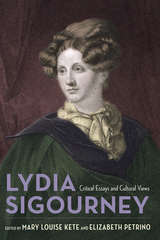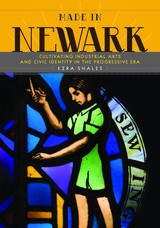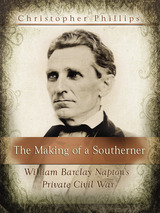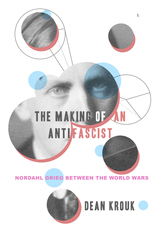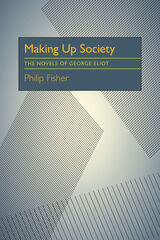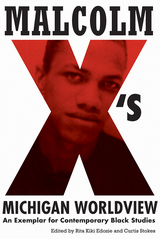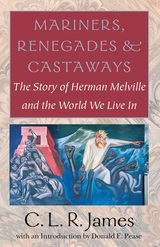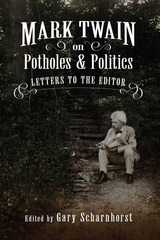More-than-Human Aging: Animals, Robots, and Care in Later Life
Rutgers University Press, 2025
eISBN: 978-1-9788-4095-9 | Paper: 978-1-9788-4093-5 | Cloth: 978-1-9788-4094-2
See other books on: Animal Rights | Care | Disease & Health Issues | Gerontology | Human-Computer Interaction (HCI)
See other titles from Rutgers University Press
eISBN: 978-1-9788-4095-9 | Paper: 978-1-9788-4093-5 | Cloth: 978-1-9788-4094-2
ABOUT THIS BOOK | REVIEWS
ABOUT THIS BOOK
What does later life look like when it is lived in the companionship of other species? Similarly, how do other species age (or not) with humans, and what sort of (a)symmetries, if any, are brought to light around how we understand and think about aging? So far, aging has been investigated in the social sciences in purely human terms. This is the first collection of original work that considers aging as taking place in relation to other species. This volume aims to start a conversation about aging by taking its more-than-human participants seriously – that is, not only as a support for or context of human aging, but also more symmetrically, as agents and subjects in the process of aging. The contributors draw upon richly descriptive ethnographic accounts, including moments of connection between seniors and dogs in a long-term care facility, human care for aging laboratory animals, and robotic companionship in later life. The ethnographies in this volume enrich not only our understanding of more-than-human companionship during the human aging process, but also challenge and urge us to rethink what it means to live later in life in ecologically entangled social and moral worlds.
See other books on: Animal Rights | Care | Disease & Health Issues | Gerontology | Human-Computer Interaction (HCI)
See other titles from Rutgers University Press


